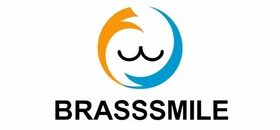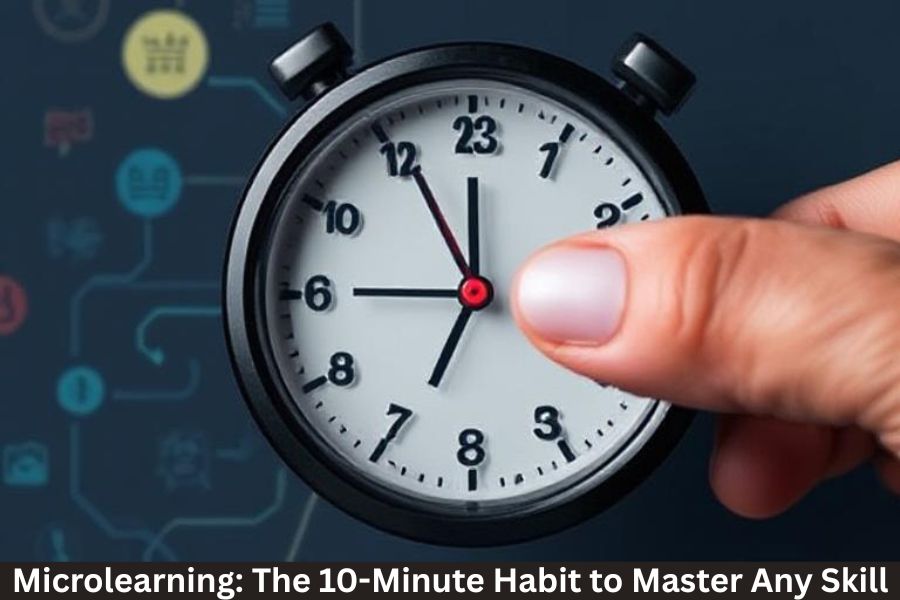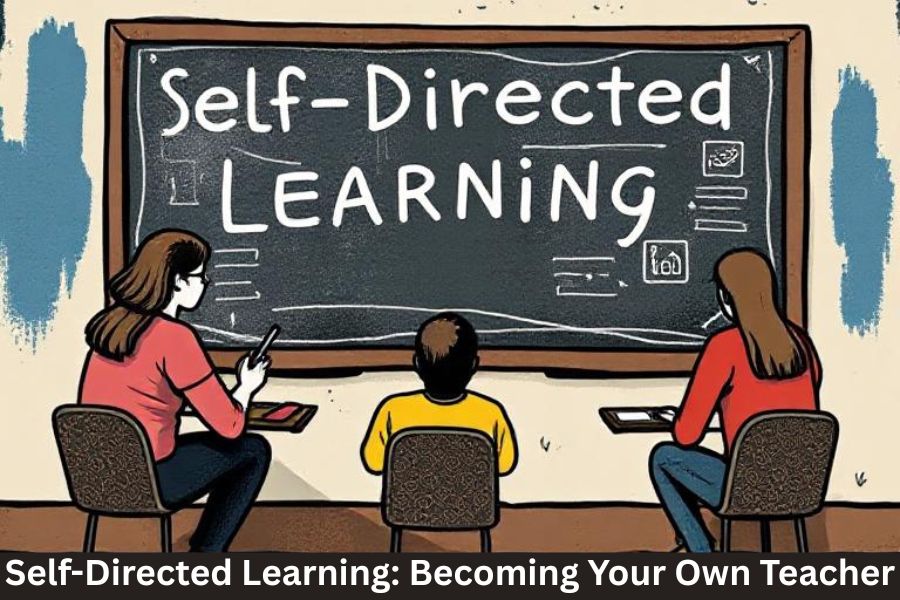Microlearning is a learning approach that involves short, focused bursts of content—typically 2 to 10 minutes long—that aim to deliver specific knowledge or develop a single skill. Instead of overwhelming learners with long modules or lectures, microlearning provides bite-sized lessons that are easy to digest and apply immediately.
History and Evolution
The roots of microlearning date back to the rise of digital learning in the early 2000s. Initially popularized through mobile learning (mLearning), it has evolved with technological advances such as mobile apps, social media, and AI-powered learning platforms. Today, it’s a key strategy in corporate training, education, and personal development.
Comparison to Traditional Learning Models
Unlike conventional education methods that rely on extended study sessions, microlearning fits seamlessly into your daily routine. While traditional learning often demands high time investment and leads to cognitive overload, microlearning thrives on short, engaging lessons that reduce fatigue and improve retention.
The Psychology Behind Microlearning
Cognitive Load Theory
Cognitive Load Theory suggests that learners absorb information better when it is broken into manageable chunks. Microlearning aligns perfectly with this theory by presenting single-concept lessons that don’t overwhelm the brain.
Spaced Repetition & Retention
Microlearning leverages spaced repetition—reviewing material at increasing intervals—to promote long-term memory retention. Apps like Anki and Duolingo use this technique effectively.
Habit Formation in 10 Minutes a Day
Research shows that habits form more easily when they require minimal effort. A 10-minute microlearning session fits the bill perfectly, making it easier to integrate into daily life and sustain over time.
Benefits of Microlearning
Time-Efficient Learning
Microlearning is ideal for busy professionals, students, and lifelong learners. A 10-minute daily commitment adds up to over 60 hours of learning per year—enough to master many complex skills.
Better Engagement and Motivation
Short lessons increase attention spans and reduce learner fatigue. Gamified elements, quizzes, and visual content further enhance engagement.
Long-Term Skill Retention
Because of repetition and focused learning, microlearning enables deeper understanding and longer-lasting knowledge, especially when paired with active recall techniques.
How to Implement Microlearning in Daily Life
Tools and Apps for Microlearning
Some powerful tools to start with:
- Duolingo – Language learning
- Blinkist – Book summaries
- Quizlet – Flashcards
- Udemy Short Courses
- Khan Academy Micro Lessons
Scheduling Your Learning Habits
To build consistency:
- Choose a fixed time (morning, lunch break, before bed)
- Use reminders or calendar blocks
- Start with just 5 minutes a day, then scale
Real-Life Examples and Case Studies
- John, a full-time accountant, learned Spanish using Duolingo for 10 minutes daily for 6 months and now holds basic conversations.
- Maya, a college student, used Blinkist to read 150+ book summaries over one year—shaping her academic insights drastically.
Top Skills to Master with Microlearning
Language Learning
Languages thrive on consistent practice. 10-minute vocabulary drills or listening to a podcast segment can dramatically boost fluency.
Coding and Technology
Platforms like SoloLearn and Grasshopper offer 5–10 minute daily coding challenges—ideal for beginners and professionals.
Personal Development Skills
- Public speaking (watch a daily TED-Ed clip)
- Productivity hacks (listen to a tip a day via podcast)
- Mindfulness and meditation (10-minute guided sessions)
Creating an Effective Microlearning Plan
SMART Goals for Learning
- Set Specific, Measurable, Achievable, Relevant, and Time-bound goals:
“Learn 100 Spanish words in 30 days.” - “Code for 10 minutes a day using Python challenges.”
Content Chunking and Curation
- Break large topics into subtopics. Instead of “Learn Marketing,” aim for:
Social media basics - Copywriting
- Analytics essentials
Feedback and Assessment Techniques
Use:
- Quizzes
- Flashcards
- Daily reflections
- Peer feedback via discussion forums
Corporate Training and Microlearning
Business Applications
Companies use microlearning for:
- Onboarding
- Compliance training
- Product updates
Employee Productivity
A 2022 study by SHRM found that microlearning increases knowledge retention by 17% and decreases training time by 40%.
ROI of Microlearning for Companies
Short training sessions reduce costs and downtime. Companies report higher learner satisfaction and improved on-the-job performance.
Read the SHRM article on microlearning in business
Common Challenges and How to Overcome Them
Lack of Motivation
Solution: Add gamification or rewards. Use streaks or badges to stay motivated.
Overwhelm and Distraction
Solution: Limit yourself to one focused topic per day. Use distraction blockers while learning.
Ensuring Consistency
Solution: Habit-stacking (e.g., microlearning after brushing teeth) helps embed routines.
Microlearning vs. Macro Learning: Which is Better?
Use Cases for Each
- Microlearning: Great for skills, knowledge reinforcement, and flexibility
- Macro Learning: Ideal for deep, structured learning like degrees or certifications
Integration Strategies
Combine both:
Use microlearning for revision
Use macro learning for initial foundation
When to Combine Both
For example, take a macro course on Data Science and use daily micro-tasks to review algorithms or terminology.
Microlearning in the Digital Age
Role of AI and Gamification
AI curates personalized learning paths. Gamification adds points, levels, and competition—boosting engagement.
Social Learning Trends
Platforms like LinkedIn Learning encourage collaborative learning with leaderboards, discussion threads, and shared goals.
Future of Bite-Sized Learning
Expect:
- Wearable tech-based learning
- AI tutors
- Augmented Reality (AR) based micro-courses
Case Studies and Success Stories
Individuals Who Achieved Skill Mastery
Jake, a high school dropout, became a front-end developer in 9 months using microlearning from YouTube and Grasshopper.
Linda, a stay-at-home mom, built a freelance writing business using 10-minute writing exercises daily.
Corporate Examples
Google and IBM use microlearning for continuous skill development.
Unilever improved compliance completion rates by 45% using bite-sized training.
Educational Institutions
Universities now include microlearning videos in MOOCs (Massive Open Online Courses) for higher completion rates.
Measuring the Success of Your Microlearning Journey
KPIs to Track
- Daily completion rate
- Skill progress
- Retention rates
Progress Journaling
Maintain a journal:
- Note what you learned each day
- Reflect weekly on your progress
Review & Revise Methods
Evaluate:
- What’s working
- What needs change
- Update goals monthly
FAQs
1. Is microlearning effective for all types of learners?
Yes, especially for visual and kinesthetic learners. It’s flexible enough to be tailored to individual learning styles.
2. How long does it take to see results with microlearning?
You can start noticing retention improvements in 2–3 weeks and skill gains in 1–3 months with consistent daily practice.
3. Can microlearning replace traditional education?
Not completely. It complements traditional methods, especially for skill refreshers and continuous learning.
4. What’s the ideal time of day to do microlearning?
Whenever you’re most alert. Morning for clarity, night for reflection. The key is consistency.
5. Is there an age limit for microlearning?
Not at all. From kids to seniors, microlearning is universally adaptable and effective.
Conclusion: Your 10-Minute Path to Mastery Starts Now
Microlearning isn’t just a trend—it’s a transformative habit. Whether you’re looking to learn a language, code, or improve soft skills, a 10-minute daily commitment is all it takes to spark lasting change. With the right tools, mindset, and consistency, mastering any skill is no longer a dream—it’s a daily reality.
So, why wait?
👉 Start your 10-minute habit today and unlock your true potential—one micro-lesson at a time.




